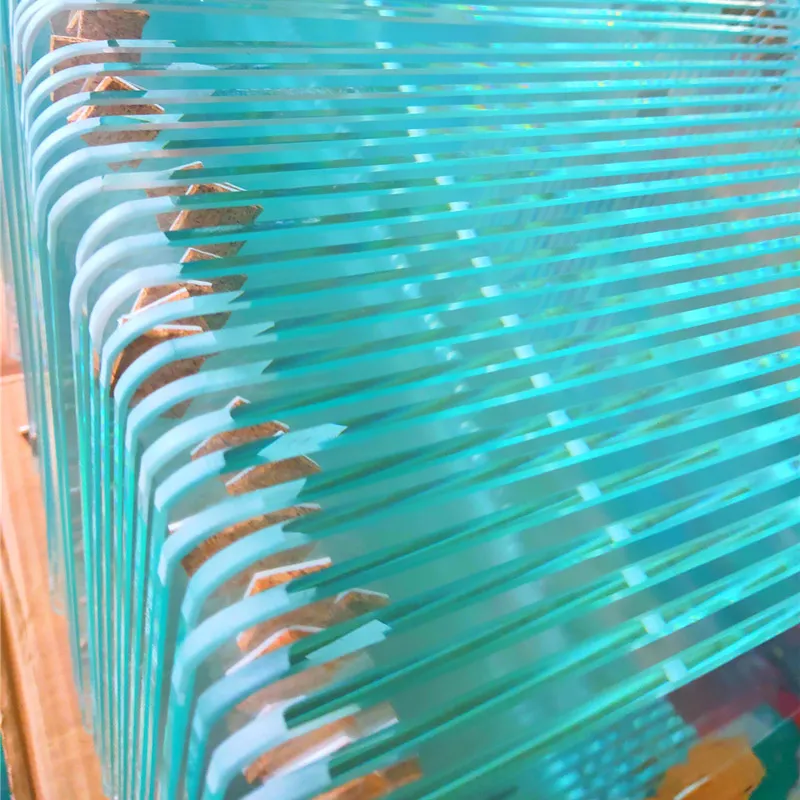Dec . 05, 2024 14:53 Back to list
low e coated glass
Understanding Low-E Coated Glass Benefits and Applications
In today’s world where energy efficiency is a paramount concern, low-emissivity (Low-E) coated glass has emerged as a pivotal innovation in the realm of building materials. This technology not only enhances the aesthetic appeal of buildings but also contributes significantly to the overall energy efficiency of structures. In this article, we will delve into what low-E coated glass is, its benefits, and its various applications.
What is Low-E Coated Glass?
Low-E coated glass is a type of glass that has been treated with a thin metallic coating. This coating is designed to reflect heat while allowing light to pass through. The primary function of the Low-E coating is to reduce the amount of ultraviolet (UV) and infrared light that can penetrate through the glass without compromising the amount of visible light that enters the space. This characteristic is essential for maintaining comfortable indoor temperatures and minimizing energy consumption in buildings.
How Does Low-E Coated Glass Work?
The effectiveness of Low-E coated glass comes from its innovative design. The coating can be applied to one or more surfaces of the glass and is often invisible to the naked eye. It works on the principle of reflecting heat back into the building during colder months while preventing it from entering during warmer months. This dynamic balance helps regulate indoor temperatures and reduces the need for heating and cooling systems to work overtime.
Low-E glass is classified into two primary types soft coat and hard coat. Soft coat Low-E glass is made by applying the coating in a controlled environment, which enhances its thermal performance. It has better insulation properties and is typically used in residential buildings. On the other hand, hard coat Low-E glass is applied at high temperatures during the manufacturing process, making it more durable and suited for commercial applications.
Benefits of Low-E Coated Glass
1. Energy Efficiency The most significant advantage of Low-E coated glass is its ability to improve energy efficiency. Buildings with Low-E glass can significantly reduce their heating and cooling costs, leading to lower energy bills and a smaller carbon footprint.
2. UV Protection The Low-E coating acts as a barrier against harmful UV rays that can fade furniture, carpets, and artwork. By minimizing UV exposure, Low-E glass helps preserve the interior aesthetics of a building.
3. Comfort One of the key benefits of using Low-E glass is the enhanced indoor comfort it provides. By maintaining a more stable indoor temperature, occupants can enjoy a more pleasant living or working environment without the fluctuating discomfort caused by drafts or excessive heat.
low e coated glass

4. Reduced Condensation Low-E glass also reduces condensation on windows, which can lead to mold and mildew. This feature is particularly beneficial in humid climates where moisture buildup on glass surfaces can be problematic.
5. Noise Reduction Some Low-E glass products offer additional soundproofing qualities, making them ideal for urban environments where noise pollution is a concern.
Applications of Low-E Coated Glass
Low-E coated glass finds applications across various sectors, including residential, commercial, and industrial buildings.
- Residential Buildings Homeowners increasingly choose Low-E coated windows to enhance energy efficiency, reduce utility bills, and improve the overall comfort of their living spaces.
- Commercial Buildings In office spaces and retail environments, Low-E glass enhances natural lighting while minimizing energy costs. This is particularly beneficial in large buildings that require extensive heating and cooling.
- Skylights and Curtain Walls Low-E glass is also used in skylights and curtain wall systems, contributing to energy-efficient designs in modern architecture.
- Automotive Industry Beyond buildings, Low-E coatings are finding their way into the automotive industry, where they help regulate vehicle temperatures and enhance passenger comfort.
Conclusion
Low-E coated glass represents a significant advancement in building technology, promoting energy efficiency and sustainable design. As global awareness of climate change and energy conservation continues to grow, the demand for innovative building materials like Low-E glass is expected to rise. By investing in Low-E coated glass, builders and homeowners alike can enjoy a myriad of benefits—from reduced energy costs to enhanced comfort and aesthetic appeal—while contributing to a more sustainable future.
-
Safety and Style with Premium Laminated Glass Solutions
NewsJun.24,2025
-
Reinvents Security with Premium Wired Glass
NewsJun.24,2025
-
Premium Float Glass Line for Modern Architecture
NewsJun.24,2025
-
Low Emissivity Glass for Energy-Efficient Architecture
NewsJun.24,2025
-
High-Performance Insulated Glass Solutions for Modern Architecture
NewsJun.24,2025
-
Elevates Interior Style with Premium Silver Mirror
NewsJun.24,2025
Related PRODUCTS














